Mineral Resource Management : Making Omelletes - Not Without Breaking Eggs
- Par Kimeng Hilton
- 29 août 2023 17:58
- 0 Likes
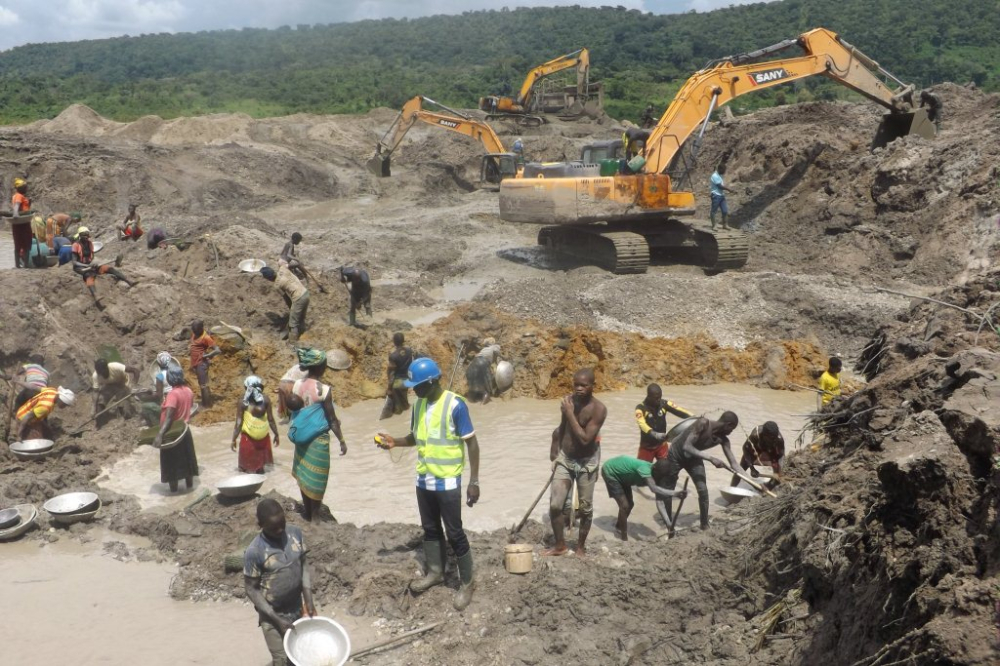
Stepped-up monitoring of artisanal mining activities in Cameroon’s East and Adamawa Regions has in past years significantly improved mining governance. Though at great cost to the environment, health and the wellbeing of communities.
Gold is currently mined in Cameroon through artisan traditional manner. And the semi-mechanized method which uses heavy machinery. Artisanal gold mining in Kambele III village in Kadey Division of Cameroon’s East Region involves almost all the men, women and children of the village. Which is made up of natives and foreigners from neighbouring countries, reported Angeline Modjo of “Forêts et Développement Rural,” FODER environmental association in August 2021.
Kids In Mines
According to Modjo, it is not rare to come across children as young as 8 years scavenging, digging and hammering for gold in artisanal mines. Or washing dug-up laterite for gold particles - using lead. Lead has serious consequences on health in general and on the maternal health of women and young girls. The situation is the same in semi-mechanized artisanal mines where women and children search for gold residue.
The Price Lure
Gold mining is the most profitable economic activity in Kambele, Angeline Modjo stressed. Men, women and children spend whole days in mines. “A gramme of gold sells for 27,000 FCFA for 22-carat gold,” a young collector in Kambele said. The young man said he and wife on August 5, 2021 sold 50 grammes of gold at 1.3 million FCFA.
Education Pays The Price
Because of the financial attraction of gold mining, it is common in Kambele to find young school dropouts in mines. So also are early marriages and child births on the increase, resulting in high infant and maternal mortality. Thus, the need to sensitise young people in the community on sexual education and reproductive health, Angeline Modjo proposed.
ProMESS Fulfills Promise
Eight years ago, “Forêts et Développement Rural” launched a two-phase artisanal mining governance project, the “Projet mines environnement santé et société” (the Mines, environment, health and society) ProMESS project. Joined by different partners and stakeholders, the project covered the East and Adamawa Regions of Cameroon. It was financed by the European Union, EU. Eight years on, ProMESS has lived up to its initial promise. And has since become the toast of the Congo Basin. Authorities in the Democratic Republic of Congo, DRC have invited FODER over to share its experience on artisanal mining governance.
Telltale Dividends
Back home in Cameroon, the project directly benefitted 5,000 artisanal miners - in terms of capacity-building, improved work conditions, organization into miners’ cooperatives and adoption of best practices. And returning between 3,000 and 4,000 former school dropouts from mines to classrooms…., explains Justin Landry Chekoua, FODER’s Programme Manager for Mining Governance. Referring to “Projet mines environnement santé et société” project.
Better Structuring
Other project gains include 200 artisanal miners acquiring mining cards – as against 10 some 8 years ago. And artisanal gold miners diversifying their incomes by undertaking cassava, banana and plantain farming. Understandably, all this has in no small measure helped in raising the incomes and living standards and welfare of artisanal miners and mining communities.
At What Cost?
However, the changes have come at great cost. “Mining has become a big environmental challenge since the advent of semi-mechanized artisanal mining by foreigners using earth-moving equipment. Before then, local community people were involved in artisanal mining using crude or basic tools, with no impact on the environment. Heavy duty equipment has caused great damage to the environment, especially in Betare Oya area of Loum and Djerem Division of East Region,” explains Justin Chekoua.
200 Deaths In Six Years
According to him, mining shafts and deep pits are often left unfilled at the end of mining by semi-mechanized artisanal mining companies. Many people have met their deaths in these trenches. Including locals who go scavenging at night in functional semi-mechanized artisanal mining concessions in a practice known as “sasaye.” These gold thieves are often caught up in landslides while digging for gold particles.
Between 2014 and 2023, at least 200 people have lost their lives in work-related accidents in abandoned, water-logged mining trenches in the East and Adamawa Regions of Cameroon, Chekoua discloses. Livestock also die by falling into these open pits often covered by grass, Chekoua points out.
Environmental Pollution
The major problem with artisanal mining is the environment, Chekoua underscores. “Mining requires much water for washing dug-up laterite to select gold particles. Water sources become polluted and contaminated from washed off laterite. The volume of fish catches has reduced as a result of the use of mercury in mining. Moreover, soils have been degraded without restoration,” Chekoua notes, referring to ProMESS’ early beginning.
Disregard Of Law
Also, the advent of semi-mechanized artisanal mining attracted many children into mines, thereby reducing school enrolment in mining communities. Instead of being in school, many children turned to artisan mining to make money. All this, in total disregard of the law.
Conflicts Amongst Miners
There were also conflicts between local communities and owners of semi-mechanized artisanal gold mining concessions. The companies were often accused of grabbing large swathes of land from local people to carry out mining. While artisanal gold miners accused semi-mechanized artisanal miners of driving them from areas they were already mining without compensation.
Agriculture Suffers
Moreover, artisanal gold mining has had a negative impact on food crop production. “Many people abandoned agriculture for gold mining because it yields more and quicker returns. It thus became difficult for people in mining communities to eat because of food shortages. As a result, the cost of food in mining communities rose sharply,” Justin Landry said, making reference to the situation before the advent of ProMESS project in the East and Adamawa Regions of Cameroon.
Degraded Environment
“Concerning the damage caused to the environment by artisanal mining, we insist on the signing of the implementation decree of the Mining Code. Semi-mechanized artisanal miners are supposed to carry out environmental impact assessment and produce environmental management plans before embarking on mining. But none of these mining companies does it. We urge the Ministry of Mines and Technological Development to be firmer by sealing off mining sites not abiding by the law,” Justin Chekoua appealed.
The Risks Of Mercury
Artisanal miners use mercury to extract gold particles from dug up laterite. As a cancer-causing substance, mercury also causes other diseases amongst artisan miners. Mining uses much water. Stream and river courses are often diverted by artisanal miners to scavenge for gold. This has great impact on marine life like fish and other water reptiles. In Kette area of Kadey Division in the East Region, mining takes place in streams and rivers that harbour hippopotamuses. Mining has caused a drastic drop in the number of hippopotamuses in the area, says Chekoua.
Marine Life Affected
Similarly, the quality and quantity of fish catches in mining areas is also affected. When laterite is washed by miners to extract gold, the used water is emptied into nearby streams and rivers, thereby polluting them for man and marine life. Large, abandoned mining pits are often filled with dirty stagnant water. Water-logged pits serve as breeding ground for mosquitoes. And so malaria prevalence in mining communities is high.
No Wildlife!
Moreover, the landscape in mining communities is completely degraded. The vegetation has disappeared and wildlife has fled because their habitat has been taken over for mining. In August 2022, FODER undertook a survey entitled; “Health And Safety Risk Assessment Of Artisanal Gold Mining On Miners In The East Region Of Cameroon.” The aim of the study was to evaluate the health and safety risks to which artisanal gold miners in the East Region of Cameroon are exposed to.
Hazardous Workplaces
The survey...
Cet article complet est réservé aux abonnés
Déjà abonné ? Identifiez-vous >
Accédez en illimité à Cameroon Tribune Digital à partir de 26250 FCFA
Je M'abonne1 minute suffit pour vous abonner à Cameroon Tribune Digital !
- Votre numéro spécial cameroon-tribune en version numérique
- Des encarts
- Des appels d'offres exclusives
- D'avant-première (accès 24h avant la publication)
- Des éditions consultables sur tous supports (smartphone, tablettes, PC)
Reactions
De la meme catégorie
Hôtellerie et confection d’emballages : deux investisseurs agréés par l’Apme
- 03 avril 2025 11:16
- 0 likes






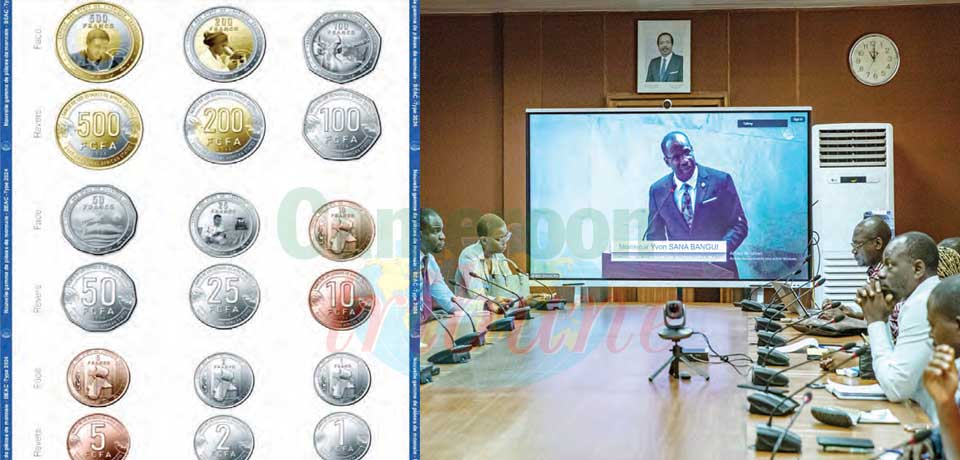
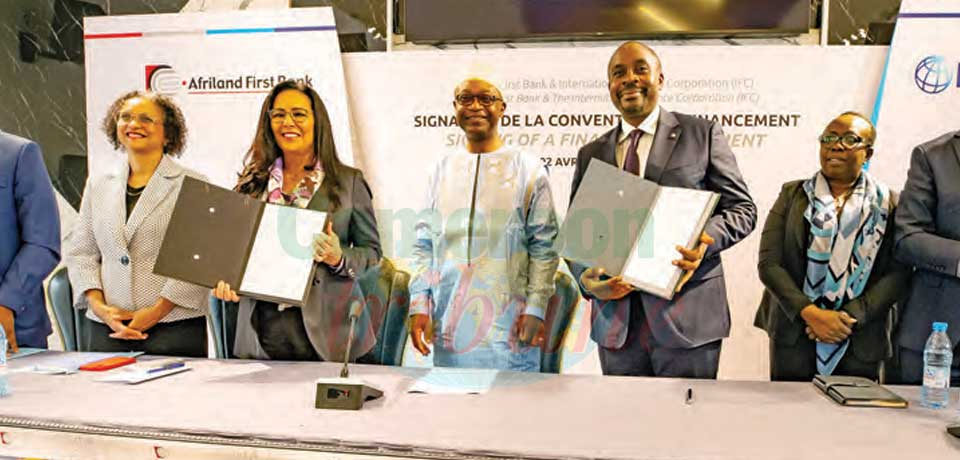
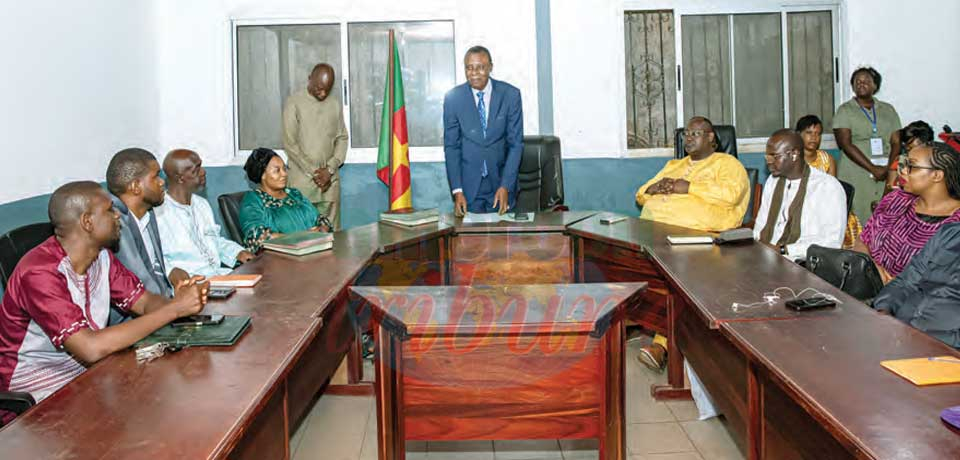
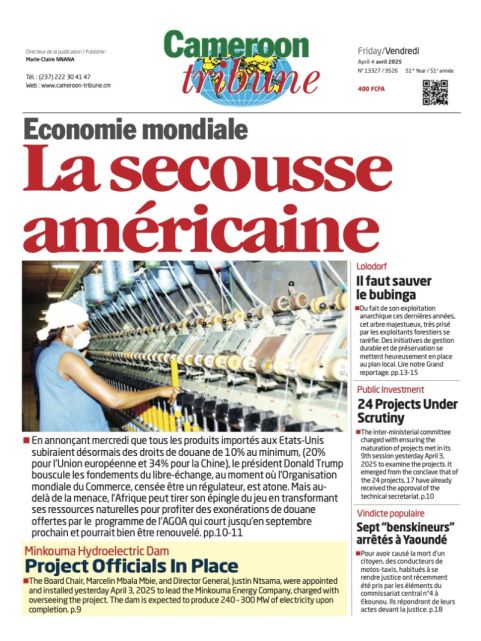




Commentaires